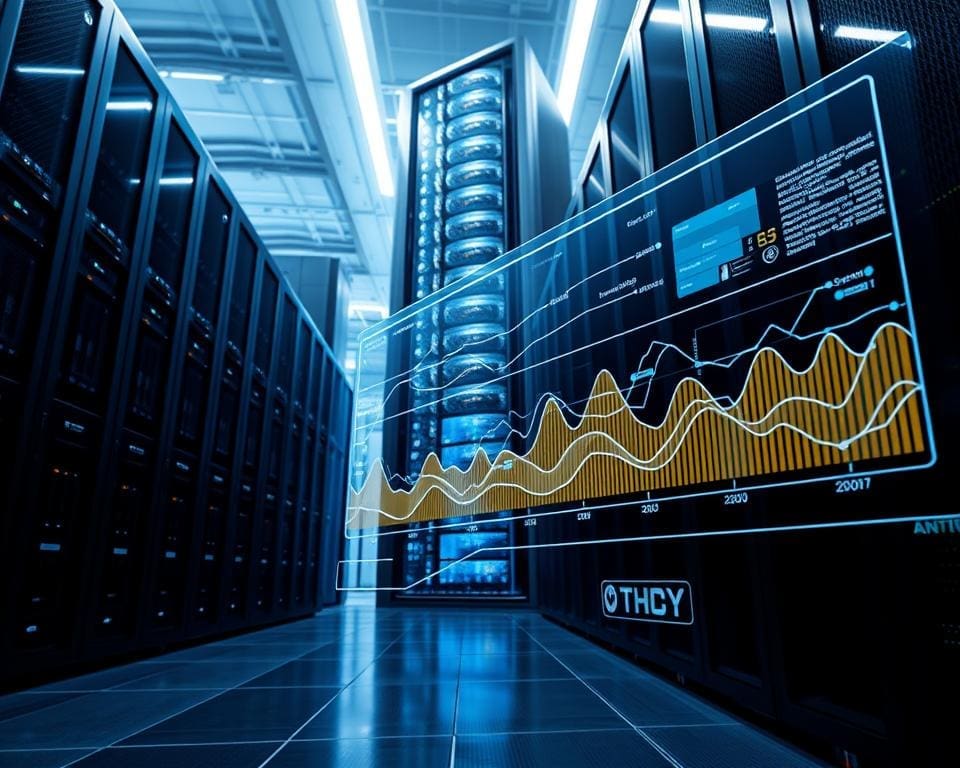In the ever-evolving digital landscape, the question of whether Artificial Intelligence (AI) can effectively predict and prevent cyberattacks becomes increasingly crucial. With cyber threats posing significant risks to finances, reputations, and critical operations across various sectors, the imperative for advanced cybersecurity measures has never been greater. Traditional security protocols often struggle to keep pace with the sophistication of these threats, highlighting the need for innovative solutions. By harnessing AI technologies, organisations are poised to revolutionise their approach to cybersecurity, employing predictive analysis and automated processes that not only shield against attacks but also anticipate them proactively.
The Role of AI in Cybersecurity
In today’s digital landscape, the integration of artificial intelligence into cybersecurity has emerged as a game-changer. The ability of AI to process and learn from vast amounts of data positions it as a central figure in the fight against cyber threats. Traditional security measures, while foundational, often fall short in the face of evolving threats. This section delves into the technologies that underpin AI in cyber defence and examines how these innovations enhance security protocols.
Understanding AI Technologies in Cyber Defence
AI technologies harness machine learning and advanced algorithms to proactively identify potential threats. These systems can analyse behavioural patterns, discern anomalies, and adapt to emerging security challenges more efficiently than conventional methods. This dynamic approach leads to more accurate threat detection, enabling organisations to respond swiftly and effectively.
Comparing Traditional Security Measures with AI Solutions
Traditional cybersecurity relies heavily on set rules and predefined responses, limiting its effectiveness against sophisticated attacks. In contrast, AI solutions offer a nuanced understanding of threat landscapes. By employing predictive analytics, organisations can gain insights that drive preventative strategies. Key advantages include:
- Real-time analysis and threat identification
- Enhanced adaptability to new and evolving threats
- Reduction in false positives, allowing for more focused resource allocation
As organisations seek to fortify their defences, embracing AI technologies is no longer an option but a necessity. The capabilities inherent in AI provide the tools needed to navigate the complexities of modern cybersecurity effectively.

Can AI Predict and Prevent Cyberattacks?
As the digital landscape evolves, the need for advanced security measures has gained paramount importance. AI stands out as a formidable ally in the battle against cyber intrusions. By harnessing the capabilities of machine learning, organisations enhance their ability to detect and neutralise threats more efficiently than ever before.
Machine Learning and Its Impact on Threat Detection
Machine learning algorithms enable systems to analyse vast amounts of data, identifying patterns that may indicate potential cyber threats. This adaptive learning capability allows AI to improve its detection accuracy over time, significantly reducing the chances of overlooking critical vulnerabilities. As these systems continuously absorb new information, they refine their understanding of what constitutes normal network behaviour, allowing quicker responses to anomalies.
The Importance of Predictive Analytics in Cybersecurity
Predictive analytics plays a crucial role in cyber defence strategies. By anticipating possible attacks, organisations can implement proactive measures that thwart potential breaches. Through analysing historical data and real-time alerts, AI can forecast where threats might arise, enabling IT departments to allocate resources more effectively. This foresight not only shortens response times but also fortifies the overall security framework of the organisation.
AI Cyber Threat Detection Strategies
With the escalating complexity of cyber threats, organisations are increasingly turning to artificial intelligence as a cornerstone of their defence strategies. The implementation of AI for real-time threat monitoring offers an innovative approach to cybersecurity. This technology enables immediate identification and response to potential threats, thus fortifying the safety of valuable data.
Using AI for Real-time Threat Monitoring
Real-time threat monitoring is an indispensable element for any modern security strategy. AI systems equipped with machine learning abilities continuously analyse traffic patterns and user behaviours to detect anomalies. By employing algorithms capable of learning from previous incidents, organisations can proactively address threats before they escalate. Benefits of real-time monitoring include:
- Swift identification of irregular activities within the network.
- Reduced response time to emerging threats, aiding in mitigative actions.
- Enhanced visibility into network operations, providing insight into potential weaknesses.
Automated Threat Prevention Technology Explained
Automated threat prevention technologies represent a leap forward in cybersecurity solutions. By leveraging artificial intelligence, these systems can enforce security policies autonomously, eliminating the need for human intervention. This translates to a significant reduction in the workload for IT teams, allowing them to focus on strategic initiatives. Examples of automated prevention technologies include:
- Intrusion detection systems that autonomously block harmful traffic.
- AI-driven firewalls that adapt to new threats in real time.
- Automated patch management systems ensuring vulnerabilities are addressed promptly.
The integration of these strategies showcases a commitment to a secure digital environment, ensuring that organisations remain resilient against the evolving landscape of cyber threats.
Artificial Intelligence and Online Security
The evolving landscape of online security is increasingly intertwined with the capabilities of artificial intelligence. As cyber threats become more sophisticated, the integration of AI technologies into cyber hygiene practices can significantly enhance an organisation’s defence strategy. By leveraging the power of AI, companies can not only bolster their security posture but also foster a culture of ongoing vigilance and proactive defence against emerging threats.
The Intersection of AI and Cyber Hygiene
AI plays a pivotal role in shaping effective cyber hygiene protocols. By automating routine security tasks, AI enables organisations to focus on higher-level strategies for threat mitigation. This proactivity is crucial in the realm of cyber hygiene, where awareness and education are fundamental. The implementation of AI-driven solutions allows organisations to streamline their security measures, ensuring that vulnerabilities are promptly addressed and that teams are well-informed about potential risks.
AI in Vulnerability Assessments
Furthermore, AI facilitates comprehensive vulnerability assessments by analysing extensive data sets to identify both existing and potential weaknesses in an organisation’s infrastructure. These assessments are invaluable, as they empower businesses to anticipate cyber threats based on historical data analyses and current trends. By committing to a strategy that incorporates AI, organisations can not only protect their assets more effectively but also position themselves to face the challenges that lie ahead in the ever-evolving digital landscape.









